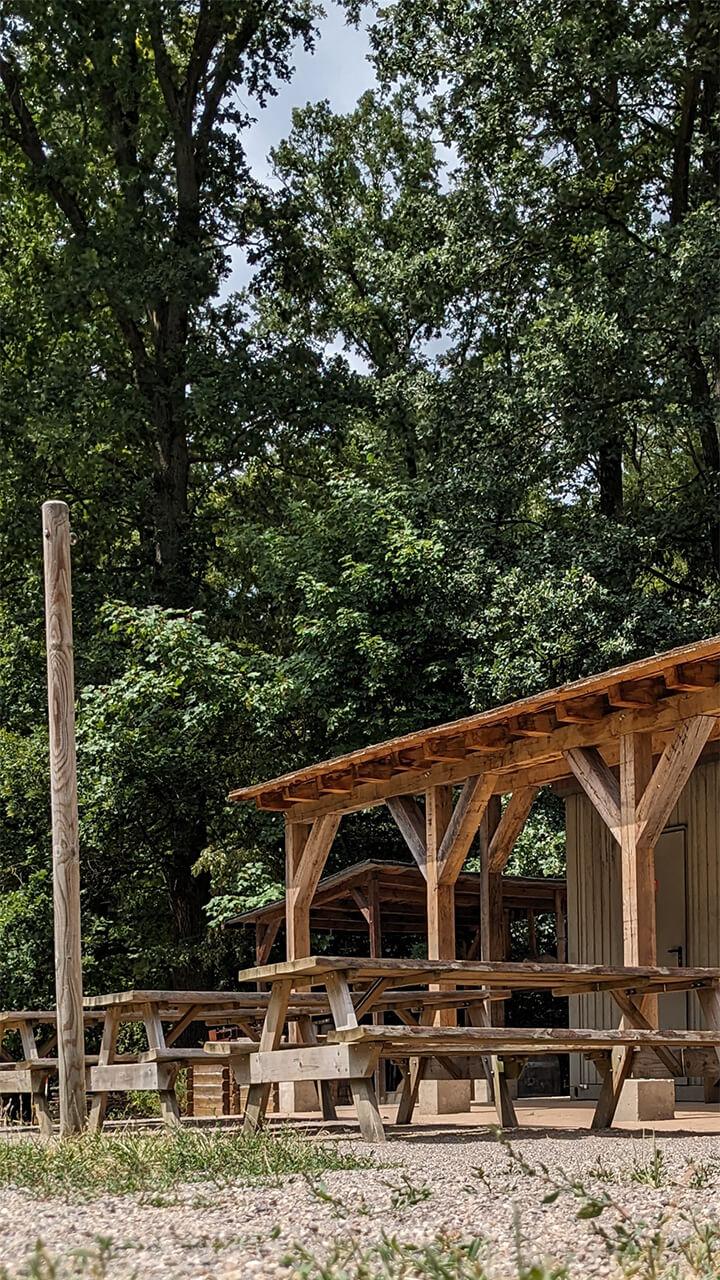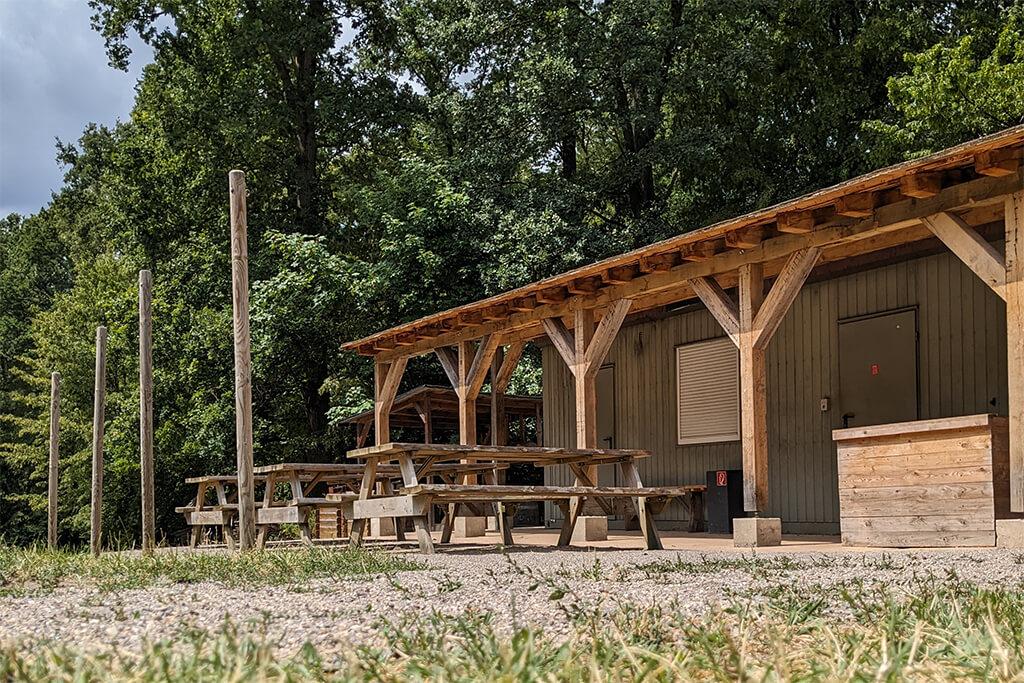
Roman camp Oberaden
Overview
In 11 BC, a huge Roman military city was built on the "castle hill" of today's Bergkamen district of Oberaden, the most important military installation in Germania at that time.
.jpg&w=3840&q=75)

In 11 BC, a huge Roman military city was built on the "castle hill" of today's Bergkamen district of Oberaden, the most important military installation in Germania at that time.

At the time of Emperor Augustus (63 BC to † 14 AD), the Romans ruled over a large empire, the Imperium Romanum. This included the entire Mediterranean region. Rome also claimed the west and south of Germania as a Roman province. In the east of the Roman Empire, the Rhine formed a natural border to the settlement areas of Germanic tribes on the right bank of the Rhine. These included the Sugambrians, Tenkterians and Usipeters. However, the Germanic tribes did not adhere to the border. They regularly invaded Gaul. In 15 BC, the Sugambrians even captured a legionary eagle - an important status symbol for any legion.
The Romans tried in vain to secure the border against the invasions of the Germanic tribes. As a result, Emperor Augustus commissioned his stepson Drusus to cross the Rhine and act as commander to take the territories on the right bank of the Rhine. By controlling and subjugating the Germanic tribes settling there, Augustus wanted to prevent further incursions into Gaul. The campaigns of Drusus in the years from 12 to 9 BC formed the prelude of the Augustan Germanic Wars. They lasted from 12 B.C. to 16 A.D. The offensive led Drusus and his three legions along the river Lippe to Bergkamen-Oberaden. Here, in 11 B.C., the first and at the same time the largest military camp north of the Alps was established near the Lippe.
To supply the troops, the Romans built a riverside fort directly on the Lippe. This fort is located in today's Lünen-Beckinghausen. The campaign ended with the sudden death of Drusus after a serious riding accident. The Lippe region and the North Sea coast became Roman territory under Drusus. Between the Rhine and the Elbe, numerous Germanic tribes were subjugated or forced into treaties with fist pledges - including the children of noble families - until 8 BC.
The site was surrounded on three sides by rivers and protected to the east by hills (as of ca. 1850). In 2023, the landscape has been significantly altered by mining and construction. © MapTiler © OpenStreetMap
We have some exciting questions for you. Have you been paying attention? Do you know the answers? Try it out. Here's how it works: